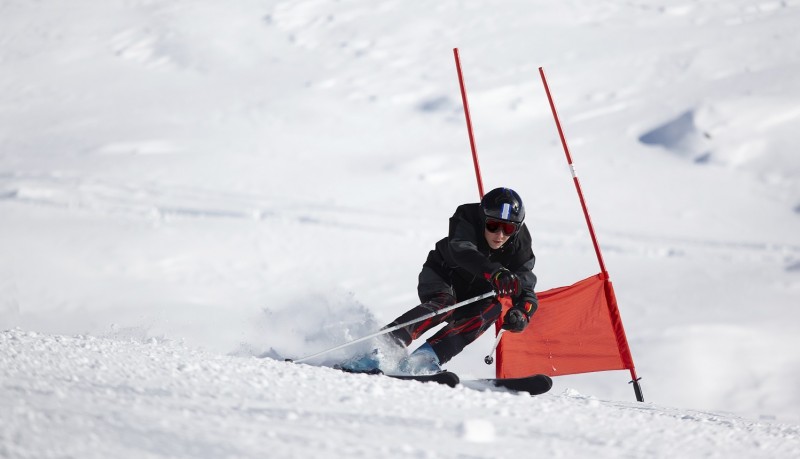
It hasn't been announced when the system will be introduced, but the FIS stated they will continue to work on improving it.
The International Ski Federation (FIS) has decided to postpone the introduction of an air bag system in alpine skiing that could prevent serious injuries attained from crashes, namely because the system does not follow current equipment rules.
The system would be worn under ski suits, with an air bag being activated when skiers crash—the air bag would protect the neck, shoulders, arms, and backbone. It was developed through a partnership between FIS and Italian manufacturer Dainese, and has been in the works for four years so far. A number of prototypes have been tested, and the plan was to use them for the first time, officially, at the World Cup in Val Gardena, Italy from December 19-20.
Markus Waldner, the men’s race director for FIS, made the announcement about the system’s inclusion being postponed last Friday. “They are not ready to be approved and they cannot be used in the races,” Waldner told The Associated Press. “So we continue working on it.”
According to FIS, the problem is specifically related to the position of the gas generator, which is how the air bag inflates. With its current positioning, the generator could give skiers an aerodynamic advantage over other competitors.
To solve this problem, the team reconfigured the system so the generator would be included in the protector, but that exceeded the maximum thickness permitted—45 millimeters, according to Waldner.
“It’s unfortunate because this is really a big step forward in safety,” he told The AP. “We go on and I am sure we find a good solution.”
Image courtesy of rcaucino/iStock
 Your Privacy Choices
Your Privacy Choices
 The
The